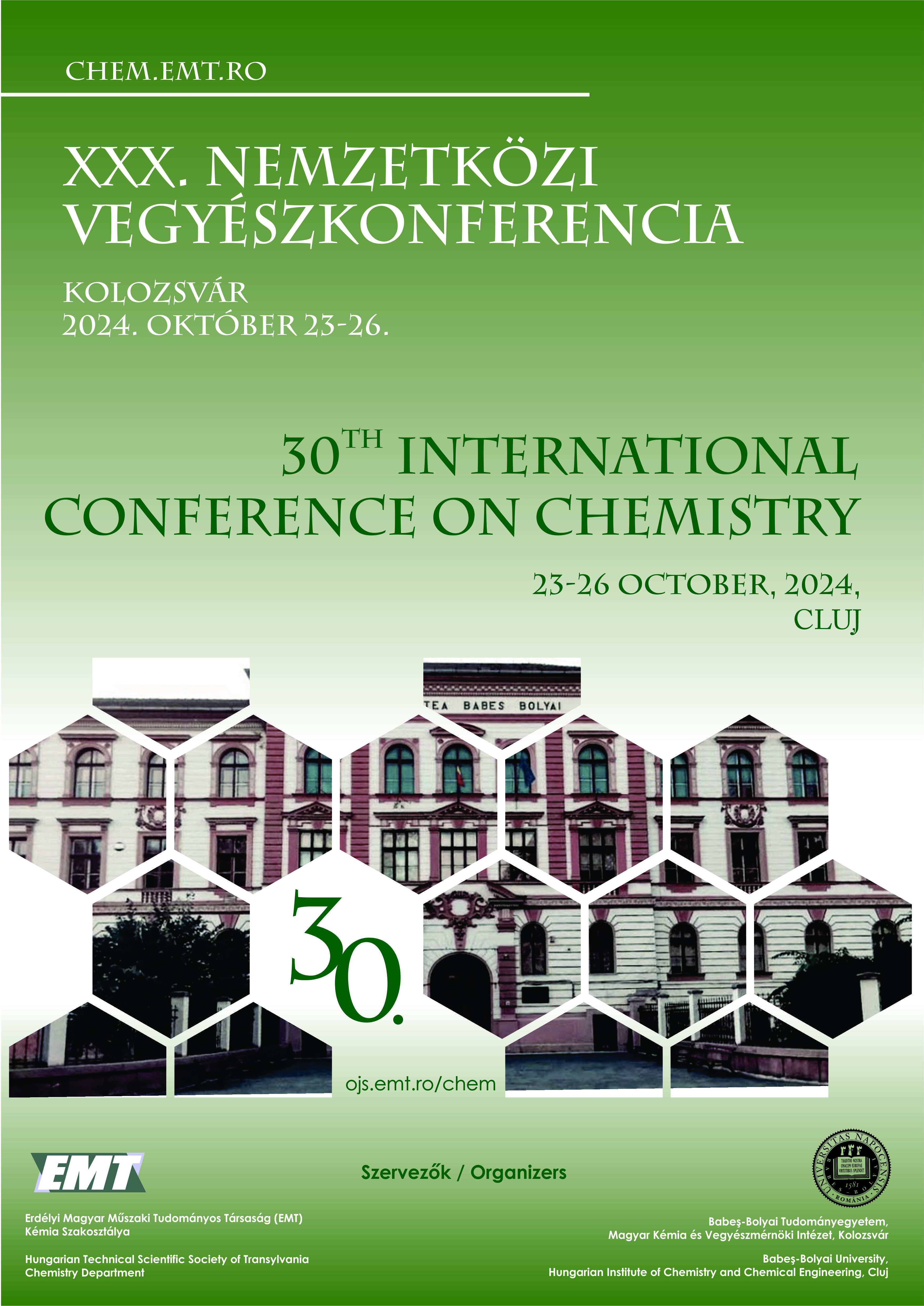Szol-gél bevonatok szerkezetképződése: kísérleti- és modellvizsgálatok
Structure formation of sol-gel coatings: experimental and computational study
Keywords:
sol-gel TiO2 coating, dip-coating, porosity, pore size, capillary forces, shrinkage, molecular dynamics, atomic structure model, reactive force fieldAbstract
During the experimental formation of sol-gel coatings, the colloid dispersions go through a drying process, and the structure of the coatings is formed as a result of complex chemical, colloidal and capillary interactions. While computer simulations provide guidelines to tune and even design the nanomaterials synthesis, simulations of coatings structure formation are unknown in the literature. Based on real experiments, we established a ReaxFF reactive force field based molecular dynamics simulation protocol in order to investigate and determine the role of the experimental conditions on the pore structure formation in the coatings. We demonstrated that the created computer model accurately describes the layer structure using real parameters, making it suitable for designing the coating structure through computer simulation.
Keywords: sol-gel TiO2 coating, dip-coating, porosity, pore size, capillary forces, shrinkage, molecular dynamics, atomic structure model, reactive force field.
Acknowledgements: We thank the Hungarian Government and the European Union (VEKOP-2.1.1-15-2016-00114), and the Governmental Agency for IT Development (KIFÜ, Komondor supercomputer) for supporting the GPU computational resources. T.H. is grateful for the János Bolyai Research Scholarship of the Hungarian Academy of Sciences (grant number BO/00642/21/7). This research is part of projects no. TKP2021-NVA-02 and TKP2021-EGA-02, which have been implemented with the support provided by the Ministry of Culture and Innovation of Hungary from the National Research, Development and Innovation Fund. E.A. acknowledges the financial support of the “Parents Back to Science” grant of the Budapest University of Technology and Economics.
ÖSSZEFOGLALÓ
A szol-gél bevonatok kialakítása során a kolloid diszperziók egy száradási folyamaton mennek keresztül, a bevonatok szerkezete összetett kémiai, kolloid és kapilláris kölcsönhatások eredményeként alakul ki. Míg a számítógépes szimulációk útmutatást nyújtanak a nanoanyagok szintézisének tervezéséhez, a bevonatok szerkezetének kialakulására vonatkozó szimulációk nem ismertek az irodalomban. Valós kísérletek alapján létrehoztunk egy ReaxFF reakcióerőtér alapú molekuladinamikai szimulációs protokollt, hogy megvizsgáljuk és meghatározzuk a kísérleti körülmények szerepét a bevonatok pórusszerkezetének kialakulásában. Bemutattuk, hogy a létrehozott számítógépes modell a valós paraméterek felhasználásával pontosan leírja a rétegszerkezetet, így alkalmassá válik a bevonat szerkezetének számítógépes szimulációval történő tervezésére.


